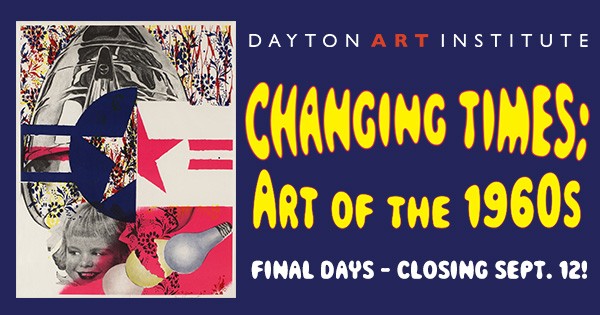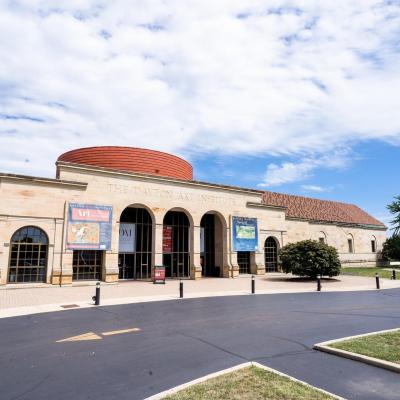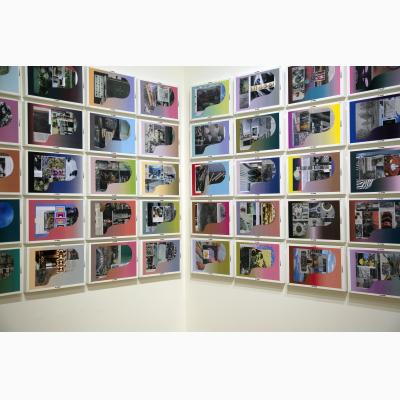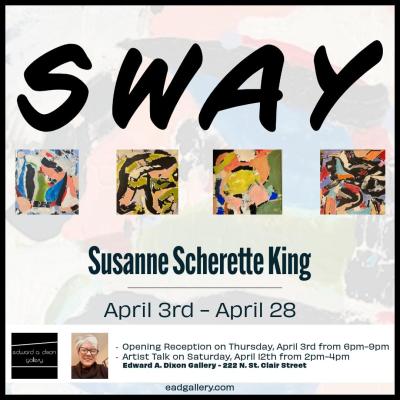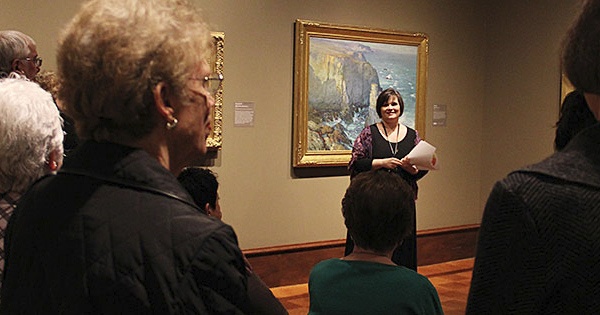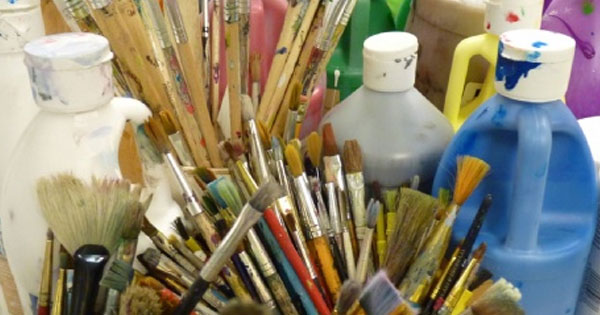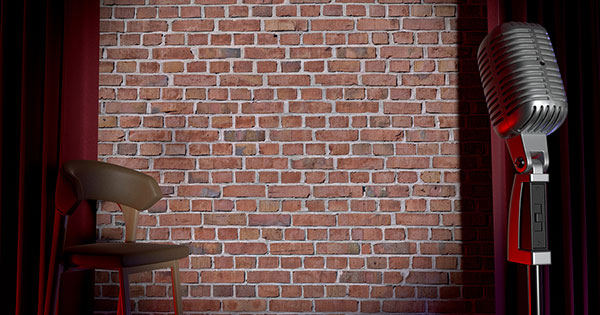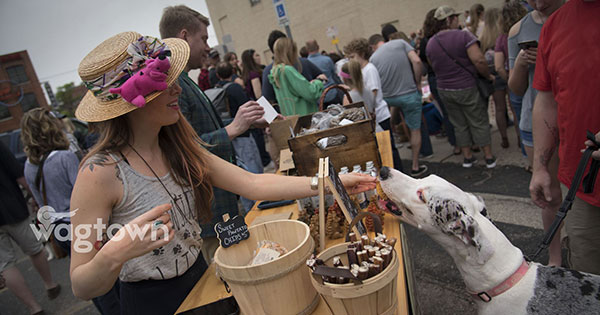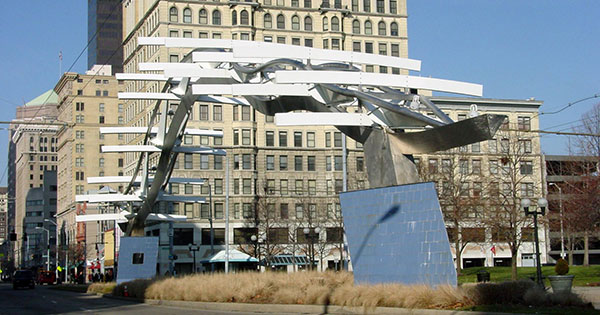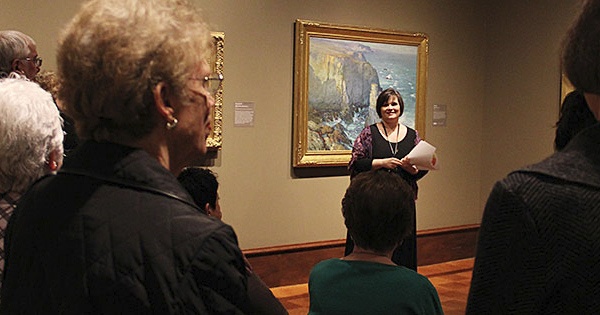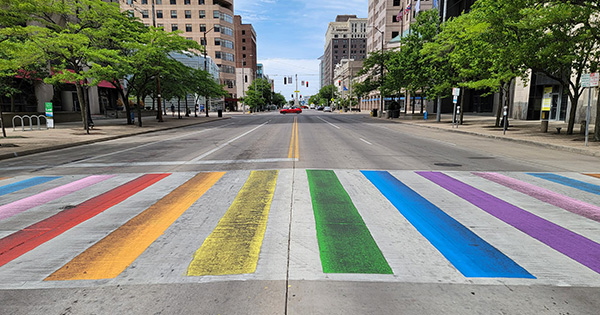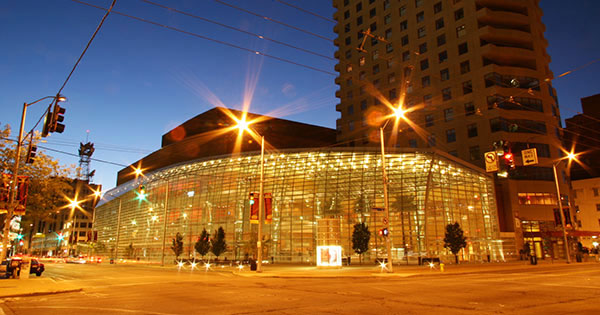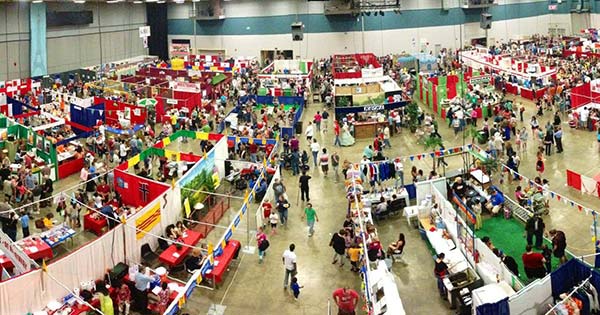Changing Times: Art of the 1960s
Dayton Art Institute Presents Exhibition "Changing Times: Art of the 1960s" May 22 - September 12, 2021
Event details
Changing Times: Art of the 1960s
DAI-exclusive exhibition, featuring Andy Warhol, Jim Dine & others, is on view through Sept. 12
The Dayton Art Institute (DAI) is taking museum visitors back to the 1960s with its first Special Exhibition of 2021!
Changing Times: Art of the 1960s is now open and on view through September 12. This DAI-exclusive exhibition presents a look at the art of one of the most transformative and often turbulent decades the world has ever experienced.
 The 1960s was a decade of remarkable change. It was a period of space exploration, the Vietnam War, national sovereignty from colonial rule for many nations and intense social activism—including civil rights, women’s equality and gay liberation. The growth in popular and youth culture also brought about seismic shifts in fashion, hairstyles and music. Likewise, the visual arts reflected the changing times and were equally varied and vibrant.
The 1960s was a decade of remarkable change. It was a period of space exploration, the Vietnam War, national sovereignty from colonial rule for many nations and intense social activism—including civil rights, women’s equality and gay liberation. The growth in popular and youth culture also brought about seismic shifts in fashion, hairstyles and music. Likewise, the visual arts reflected the changing times and were equally varied and vibrant.
The visual arts of the decade reflect the social and political movements of the era, seen in the diverse styles of Pop, Op, Minimalism and Conceptual art, and artists working in abstract styles responded to the influences of earlier artists. A continued rise in prosperity, particularly in America, brought about greater opportunities for artists and collectors, while the civil rights movement and sexual revolution offered greater participation in the arts. Through experimentation with new media, styles and forms, artists in the 1960s broke down boundaries between fine and popular art, a trend that continues today.
“The visual arts in the 1960s are bold, brash, sometimes humorous and always intriguing,” said DAI Chief Curator and Director of Education, Jerry N. Smith. “It was a decade when the Dayton Art Institute was actively collecting, so the museum’s collection has particularly strong holdings from this era. It is exciting to see the various styles that flowered through the ‘60s.”
Changing Times: Art of the 1960s is organized by the Dayton Art Institute with selections made entirely from the museum’s extensive collection. It features more than 80 works by artists such as Andy Warhol, Roy Lichtenstein, Jim Dine, Aka Pereyma, Robert Motherwell, Gene Davis, Sol LeWitt and many others. Half of the works in the exhibition were collected by the DAI during the decade of the 1960s, and most have not recently been on view.
“The Dayton Art Institute is the only venue for this exhibition, and this is a fantastic opportunity to view some rarely seen artworks from the museum’s collection,” said DAI Director & CEO, Michael R. Roediger. “As the state begins to fully reopen, it’s a great time to rediscover your Dayton Art Institute, and we remain committed to ensuring the safety of all guests. We hope to see many visitors this summer.”
The exhibition is made possible by the support of BENEFACTOR SPONSOR Premier Health, PATRON SPONSORS Norma Landis & Rick Hoffman, SUPPORTING SPONSOR Linda Black-Kurek Family Foundation and SUPPORTING MEDIA SPONSOR ThinkTV.
The DAI will offer several related online programs in conjunction with Changing Times: Art of the 1960s, including:
- Curatorial Conversation, Live program via Zoom, June 12 & 17, 1:30–2:30 p.m. each day
- Draw from the Collection, Live program via Zoom, June 24 & 27, 3–4p.m. each day
- ARTventures: Peace & Love, At-home art project available for download on June 25
In addition, a community art project, Changing Times: Art for the Here and Now, invites the public to create new works of art in response to the art in the exhibition and share images with the DAI for possible inclusion in a digital gallery on the museum’s website. For more information about the project and how to upload artwork images, go to www.daytonartinstitute.org/shareyourart.
The museum has also created a hand-picked Spotify playlist of music from the 1960s to accompany the exhibition.
Photography is allowed in the exhibition, and visitors are encouraged to share their photos on social media with the hashtag #ChangingTimesDAI.
The DAI Museum Store will offer a variety of groovy 1960s-themed items, including books on the art and culture of the 1960s, prints, lava lamps and more. The store is open during regular museum hours, and many items are also available through the online store, at www.daytonartinstitute.org/shop.
Admission to Changing Times: Art of the 1960s is included in museum general admission: $15 adults; $10 seniors (60+), active military and groups (10 or more); $5 students (18+ w/ID) and youth (ages 7–17); free for children (ages 6 & younger). Admission is also free for museum members. Prices include admission to the Special Exhibition, all Focus Exhibitions and the museum’s collection galleries.
Focus Exhibitions currently on view at the museum include Looking at Family: Photographs from the Collection, Bukang Y. Kim: Journey to the East, All by Myself: Japanese Creative Prints and The Roaring (and the Quiet) 1920s.


